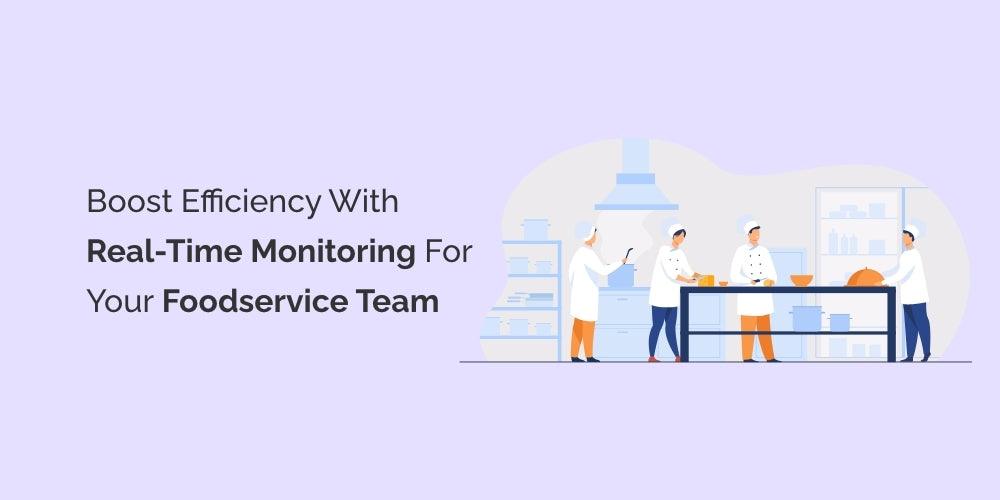The Advantages of WiFi Temperature Monitors for Food Safety and Quality Control
One of the significant advantages of WiFi temperature monitors is the elimination of manual temperature checks. This saves you time and reduces the risk of human error. Additionally, with remote monitoring capabilities, you can ensure that your food is stored at the proper temperature, even when you're not on site. Improve food safety, maintain quality, and streamline operations with a WiFi temperature monitor.
Take Your Temperature Monitoring to the Next Level with Real-Time Sensors
A real-time temperature sensor is another powerful tool in your food safety and quality control arsenal. This device can be placed inside your food storage units and connected to your WiFi network for remote monitoring. The sensor provides a live temperature data stream that can be accessed from a smartphone, tablet, or computer.
The Benefits of Real-Time Temperature Sensors for Your Foodservice Team
You get an accurate and continuous temperature data stream with a real-time temperature sensor. This allows you to identify and address temperature deviations as they occur, maintaining food safety and quality. The sensor can also be configured to send alerts when temperatures deviate from set parameters, enabling you to take quick action to resolve the issue. Furthermore, the sensor can provide a complete temperature history of your food storage units, which can be used to identify trends and improve operations.
Also Read:Benefits of Having a Wi-Fi Temperature Sensor in the Food Industries
The Entire Foodservice Team Benefits from Real-Time Monitoring
Real-time monitoring is beneficial not just to the food service manager but to the entire food service team. By providing real-time visibility into food temperature, everyone on your team can work together to ensure food safety and quality. This includes kitchen staff, waitstaff, and delivery drivers.
In addition, real-time monitoring can streamline your food service operations. You can save time and reduce labor costs by eliminating manual temperature checks. You can also manage your food storage units more efficiently and reduce waste, improving overall operations.
In conclusion, real-time temperature monitoring is a valuable tool for the food service industry. You can improve food safety, maintain food quality, and streamline your operations with real-time monitoring technology. Investing in a WiFi temperature monitor or real-time temperature sensor can provide the tools you need to take your food service operation to the next level.








